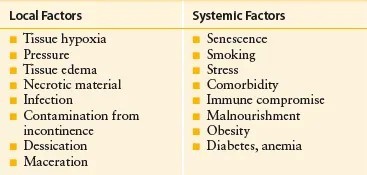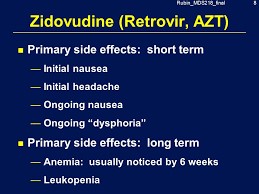A client with unilateral hearing loss is admitted for a scheduled surgery. Which technique should the nurse use to provide education about pain relief options?
Repeat information to the client.
Write information on a whiteboard.
Talk loudly into the affected ear.
Speak directly facing the client.
None
None
The Correct Answer is D
The correct answer is Choice D
Choice A rationale: Repeating information may reinforce understanding but does not address the core barrier in unilateral hearing loss, which is sound localization and clarity. Auditory input from one ear limits binaural processing, making it harder to distinguish speech from background noise. Repetition without visual cues or proper orientation may still result in misinterpretation. Effective communication requires compensating for the sensory deficit, not merely reiterating content. Thus, repetition alone is insufficient for optimal education delivery.
Choice B rationale: Writing on a whiteboard provides visual support but lacks the dynamic interaction necessary for patient education. While visual aids help reinforce concepts, they do not allow for immediate clarification or emotional engagement. Pain management education involves nuanced discussion of pharmacologic options, side effects, and patient preferences. Relying solely on written communication may hinder comprehension, especially if literacy or cognitive load is a concern. It should supplement, not replace, direct verbal and visual interaction.
Choice C rationale: Speaking loudly into the affected ear is counterproductive and may distort sound further. In unilateral hearing loss, the affected ear has reduced or absent auditory function, and increasing volume does not restore clarity. Loud speech can also be perceived as aggressive or uncomfortable. Effective communication requires engaging the functional ear and using visual cues to enhance comprehension. Loudness does not compensate for neural deficits in auditory processing and may worsen patient experience.
Choice D rationale: Facing the client allows for optimal use of visual cues such as lip reading, facial expressions, and gestures, which are critical in compensating for unilateral auditory deficits. This technique engages the functional ear while supporting multimodal communication. It respects the neurophysiological limitations of monaural hearing and enhances speech perception through visual-auditory integration. Direct face-to-face interaction also fosters trust and allows for immediate feedback, making it the most scientifically sound approach for patient education.
Nursing Test Bank
Naxlex Comprehensive Predictor Exams
Related Questions
Correct Answer is ["B","D","F"]
Explanation
As people age, the turnover of skin cells decreases, resulting in slower wound healing. This can prolong the healing process and increase the risk of complications.
The immune system's function, including T-cell function, tends to decline with age.
T-cells play a crucial role in the immune response and wound healing. Decreased T-cell function can impair the body's ability to fight infection and promote efficient healing.
With aging, there is a natural loss of subcutaneous fat, which can affect wound healing. Subcutaneous fat provides padding and protection to the underlying tissues, and its reduction can increase the risk of tissue damage and delays in healing.
Insulin resistance, pigmentation changes, and polypharmacy are not directly age-related factors that impact wound healing. Insulin resistance is a condition related to impaired glucose metabolism and can affect wound healing in individuals with diabetes or other metabolic disorders, but it is not necessarily an age-related factor. Pigmentation changes and polypharmacy (the use of multiple medications) may be associated with aging but do not directly affect the physiological processes involved in wound healing.

Correct Answer is A
Explanation
A) Correct- Zidovudine is an antiretroviral medication used in the treatment of HIV infection.
One of the potential side effects of zidovudine is hematological toxicity, including anemia (low red blood cell count) and neutropenia (low white blood cell count). The appearance of pinpoint, red, round spots on the skin could be indicative of petechiae, which are small hemorrhages caused by the leakage of blood into the skin. Petechiae can occur due to low platelet counts, a
component of the complete blood count (CBC). Monitoring the complete blood count is important for clients receiving zidovudine to identify any potential adverse effects on blood cell counts. Anemia and neutropenia can increase the risk of infection, bleeding, and other complications. Therefore, any changes in blood cell counts, including the presence of petechiae, should be reported to the healthcare provider for further evaluation and management.
B) Incorrect- This is used to assess allergic reactions and is not specifically related to the appearance of petechiae.
C) Incorrect- A skin biopsy is typically performed to diagnose skin conditions or diseases and is not the primary assessment to evaluate the cause of petechiae.
D) Incorrect- Electromyography is a diagnostic test used to assess muscle and nerve function and is not relevant to the appearance of petechiae associated with zidovudine use.

Whether you are a student looking to ace your exams or a practicing nurse seeking to enhance your expertise , our nursing education contents will empower you with the confidence and competence to make a difference in the lives of patients and become a respected leader in the healthcare field.
Visit Naxlex, invest in your future and unlock endless possibilities with our unparalleled nursing education contents today
Report Wrong Answer on the Current Question
Do you disagree with the answer? If yes, what is your expected answer? Explain.
Kindly be descriptive with the issue you are facing.
